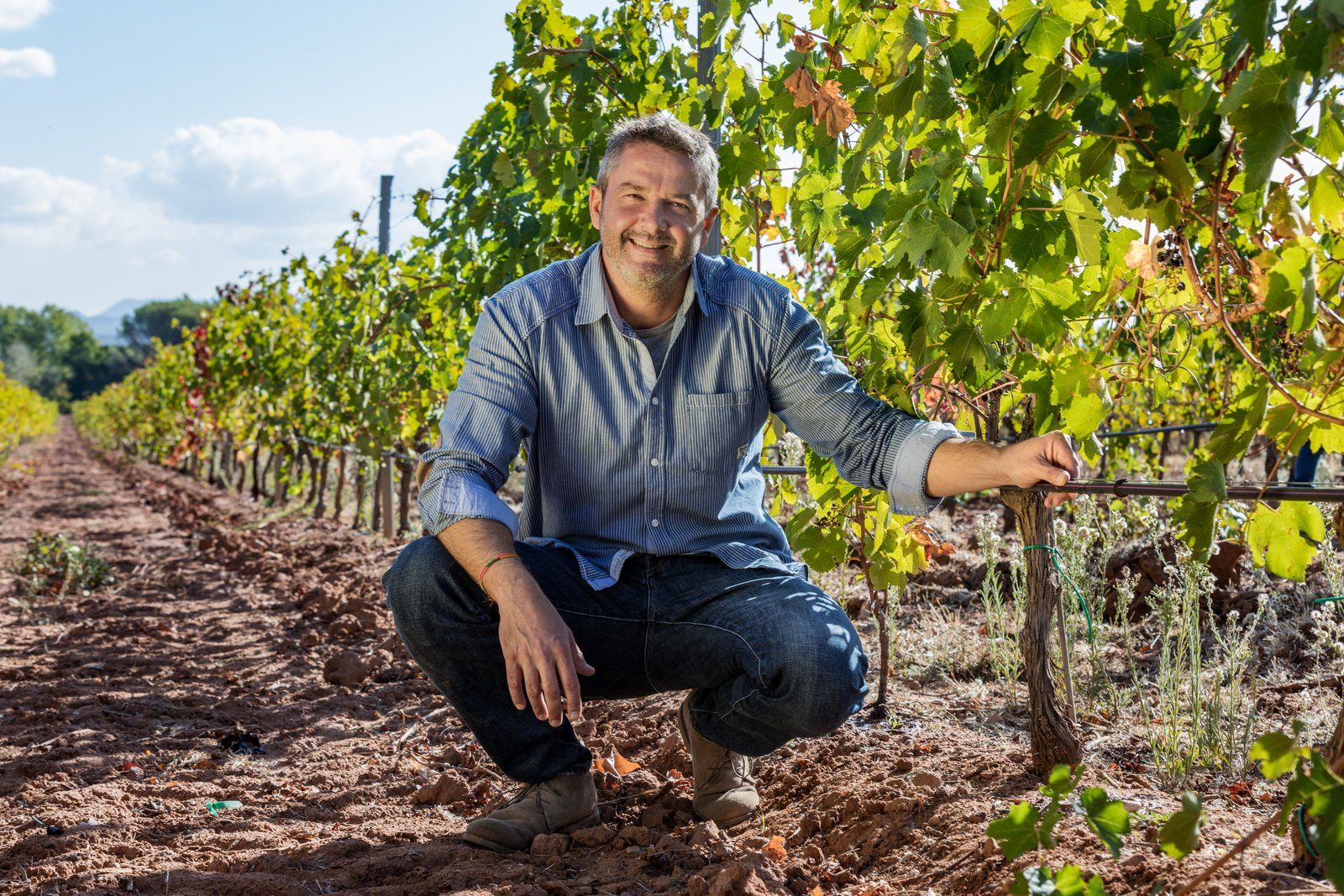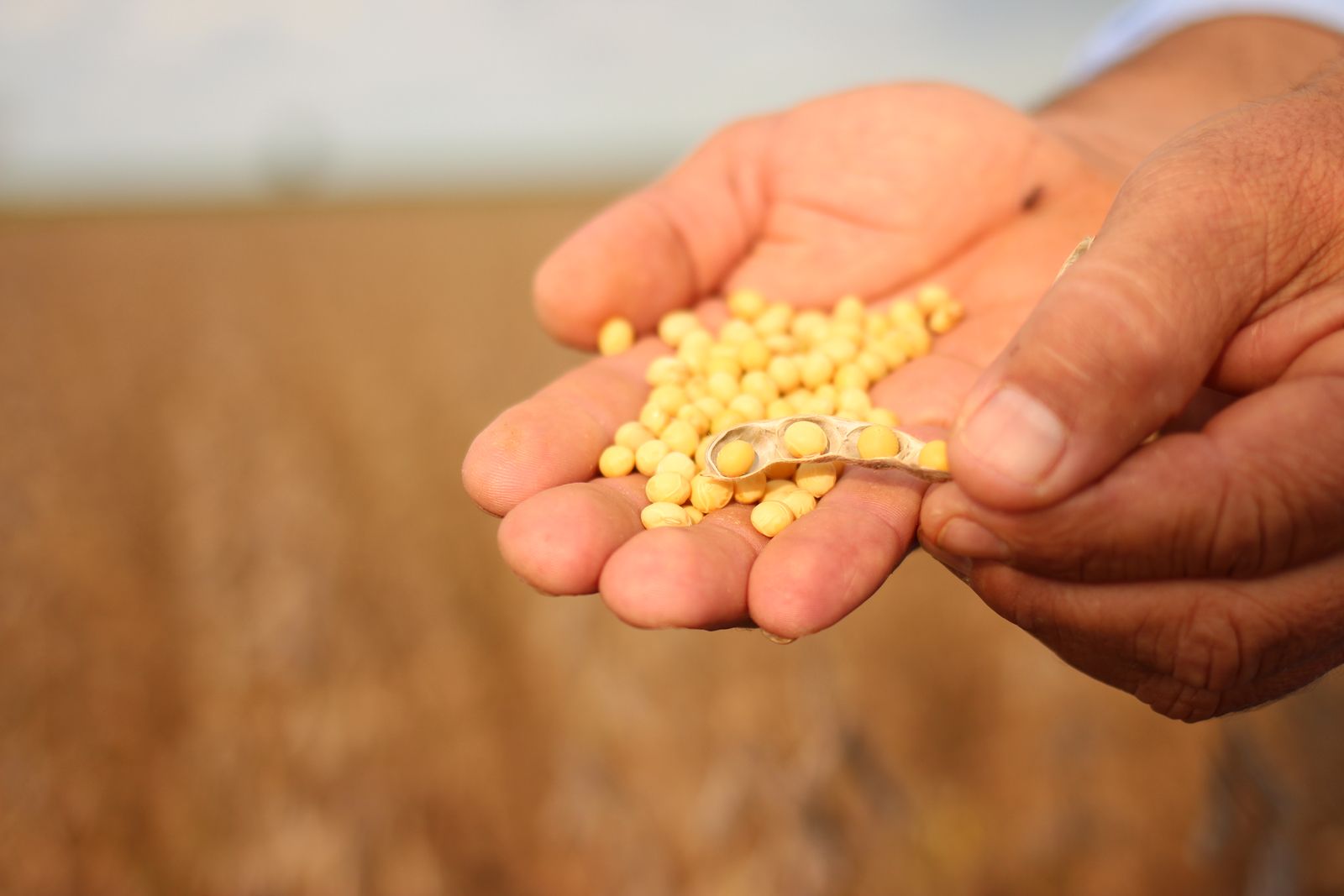
What is drip irrigation in agriculture?
Precision irrigation not only delivers greater ROI compared to other irrigation methods, it also gives farmers an efficient and simple way to operate their farms.
Farmers are guaranteed:
- Higher consistent quality yields
- Huge water savings: no evaporation, no runoff, no waste
- 100% land utilization - drip irrigates uniformly in any topography and soil type
- Energy saving: it works on low water pressure
- Efficient use of fertilizer and crop protection, with no leaching
- Less dependency on weather, greater stability and lower risks



